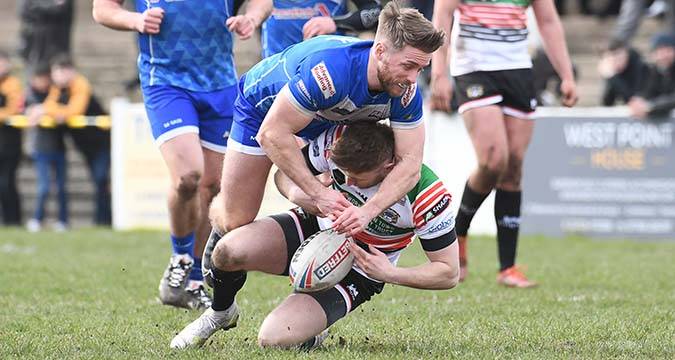 The televised exchange between Karen Moorhouse of the Rugby Football League and Sky pundit Barrie McDermott – ably overseen by Brian Carney – which immediately followed Thursday’s evening’s Betfred Super League match between Leeds Rhinos and Hull FC, made for riveting viewing.
Moorhouse, who is the RFL’s Chief Regulatory Officer, had b
The televised exchange between Karen Moorhouse of the Rugby Football League and Sky pundit Barrie McDermott – ably overseen by Brian Carney – which immediately followed Thursday’s evening’s Betfred Super League match between Leeds Rhinos and Hull FC, made for riveting viewing.
Moorhouse, who is the RFL’s Chief Regulatory Officer, had b Talking Grassroots: Players must be protected but Rugby League is a tough game
 The televised exchange between Karen Moorhouse of the Rugby Football League and Sky pundit Barrie McDermott – ably overseen by Brian Carney – which immediately followed Thursday’s evening’s Betfred Super League match between Leeds Rhinos and Hull FC, made for riveting viewing.
Moorhouse, who is the RFL’s Chief Regulatory Officer, had b
The televised exchange between Karen Moorhouse of the Rugby Football League and Sky pundit Barrie McDermott – ably overseen by Brian Carney – which immediately followed Thursday’s evening’s Betfred Super League match between Leeds Rhinos and Hull FC, made for riveting viewing.
Moorhouse, who is the RFL’s Chief Regulatory Officer, had b 